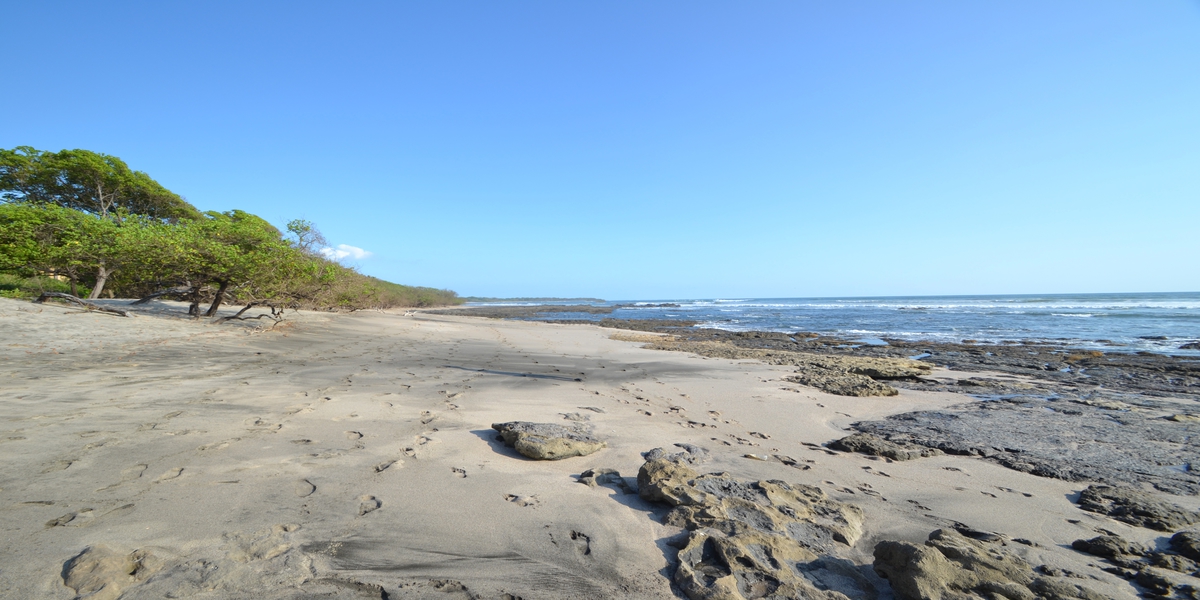Costa Rica Highways
Driving in Costa Rica is relatively safe, and most major roads are in good repair. You may find conditions in coastal areas to be more of a challenge, though not beyond the skills of the average driver. Dirt roads, potholes, and even small rivers are fairly common, but are in general navigable. The best strategy if you come upon an obstacle is to watch how other drivers handle the situation and then proceed with caution.
Sidewalks unfortunately are nearly non-existent. And where they do exist, they often begin and end abruptly. Drivers can expect to share the roads with bikes, pedestrians, quads, oxcarts and cattle. As a result, extra vigilence is required when driving in Costa Rica, particularly at night.

In 2010 Costa Rica instituted stringent drinking and driving laws to protect its citizens. Driving after drinking just 1 or 2 beer may result in serious fines, so our best advice is not to get behind the wheel if you've had a drink.
Renting a Car in Costa Rica
If you decide that driving in Costa Rica is your best option for domestic travel, you won't have any trouble renting a car. Most of the major car rental agencies operate here, including Hertz, Dollar, Budget, Europcar and Avis. You can usually arrange car rentals on the internet, or via your hotel or travel agent.
Local Air and Bus Travel
 Traveling in Costa Rica by air is an alternative to car rentals. Costa Rica has two domestic airlines: Nature Air and Sansa. Both offer regularly scheduled flights throughout the country, though one downside is that luggage allowances are fairly restrictive. Another alternative is to travel by bus. Interbus has safe, air-conditioned buses with multiple routes and schedules.
Traveling in Costa Rica by air is an alternative to car rentals. Costa Rica has two domestic airlines: Nature Air and Sansa. Both offer regularly scheduled flights throughout the country, though one downside is that luggage allowances are fairly restrictive. Another alternative is to travel by bus. Interbus has safe, air-conditioned buses with multiple routes and schedules.






